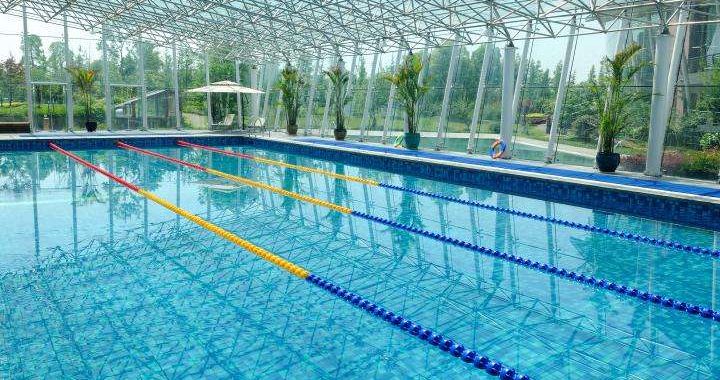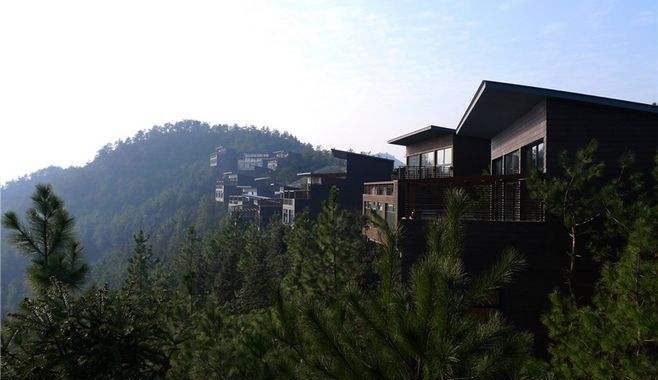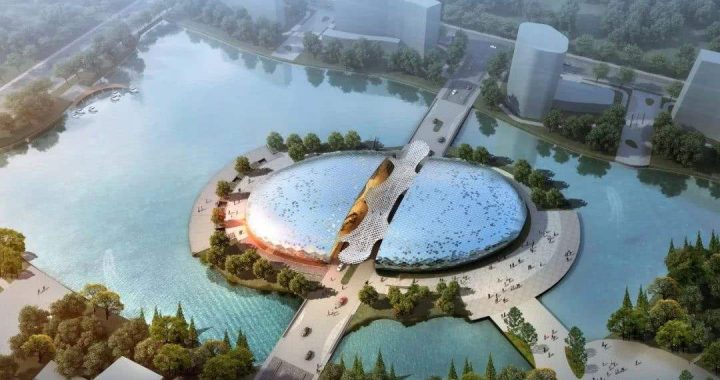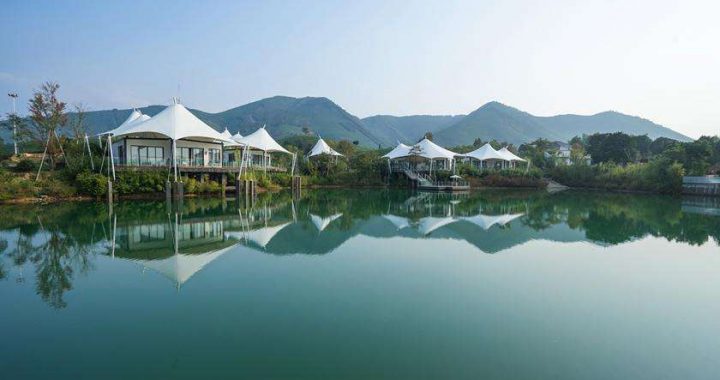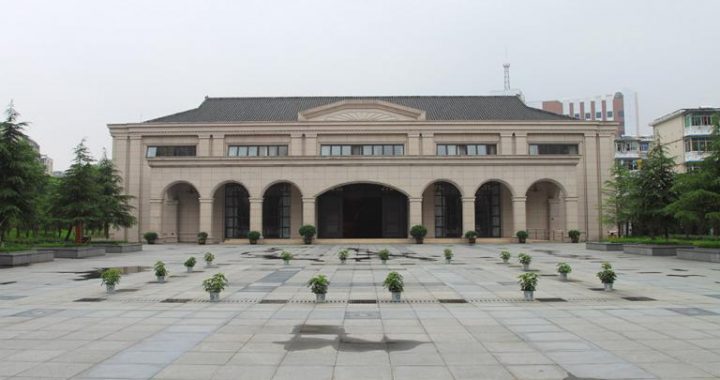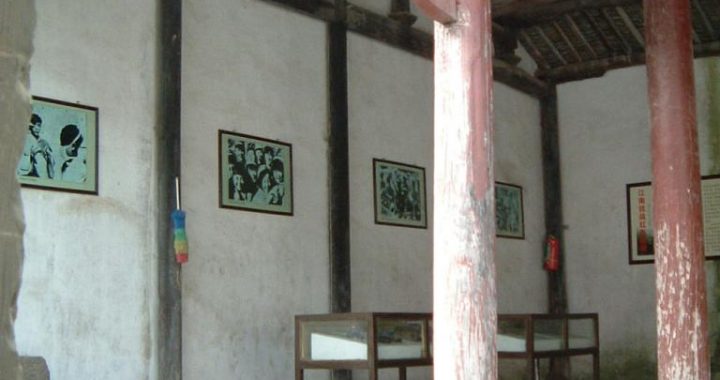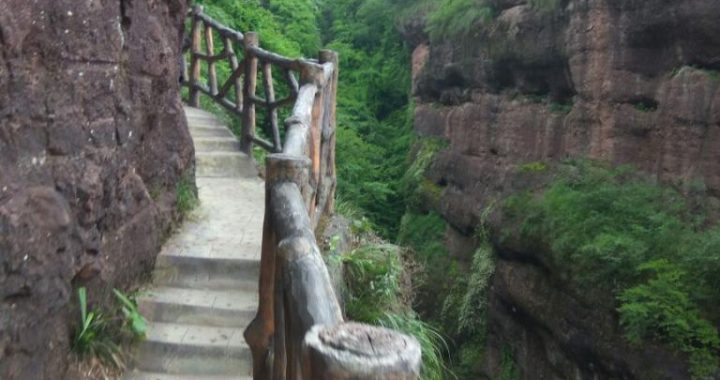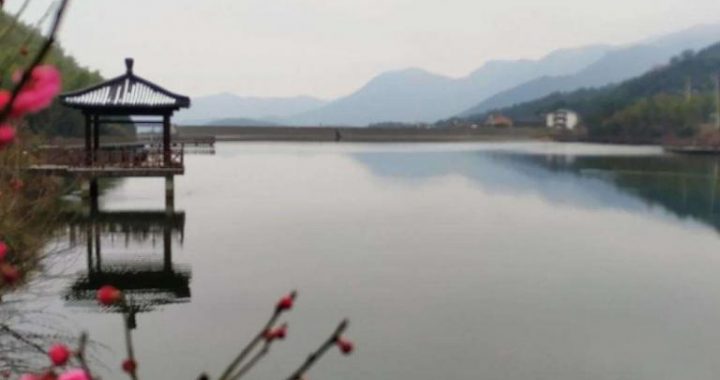Yangtze Alligator Village in Changxing
2 min readYangtze Alligator(Chinese aligator) is named after its original habitat in the middle and lower reaches of the Yangtze River. The Chinese alligator has been in existence over 230 million years from the Mesozoic and Triassic Period. The Mesozoic Era was the prime time for the reptiles. Ancient alligators lived with the dinosaur on the earth at the same time. When dinosaurs and most of reptiles died out during the Cenozoic Era about 70 million years ago, the Chinese alligator and some other similar species fortunately escaped from the great disasters. The Chinese alligator has alonger history than that of human being. Its survival is a miracle, and it deserves to be called”living fossil”. With the economic growth and human activities, rivers are polluted by waste materials and sewage discharge from factories, the living conditions and surroundings of Yangtze alligators become worse and worse. They are on the verge of extinction. As one of wild animals on the brink of extinction, the Yangtze alligator is regarded as a kind of rare animal as the giant panda under the first-grade national protection.
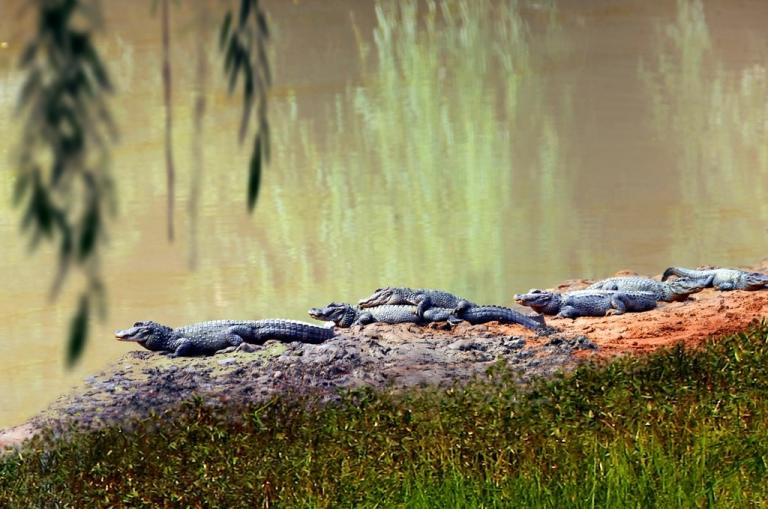
Chinese Alligator Village is located at Yinjiabian in Si’ an Town. It is the best natural habitat for alligators to live. The alligator village was set up at the suggestions of experts in June,1979. The original village only covered an area of 0.1 hectare, and it was the smallest protective area in the world. This is a piece of wetland with streams and ponds. While the local government and the locals pay much attention to the ecological surroundings of Yangtze alligators, they take the advantages of natural resources to develop tourism. It gradually developed into an ecological site of the Chinese alligator, and was formally open to the public in 2004. Now the Chinese alligator village has a natural alligator research and breeding center, and more than 1,000 alligators are living there. Recently, Siamese Alligator House and Nile Alligator House have been set up in the village.
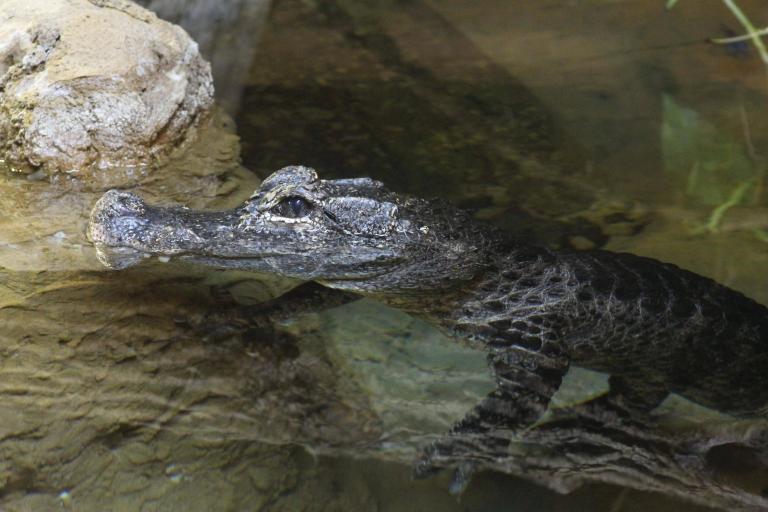
The whole village consists of four areas. They are natural breeding area, leisure area, fishing area and alligator watching area. The central tourist district is mainly divided into four parts, including the introduction and the exhibition of the Chinese alligator, naturalized training, scientifical breeding and ecological sights. Tourists are allowed to take part in some activities to do with the alligator during their visit.
Chinese Alligator Village is not only a scientific base for scholars from domestic and foreign countries to do research and academic exchanges, but also provides a natural scenic site for tourists to watch the “living fossil”as well.

